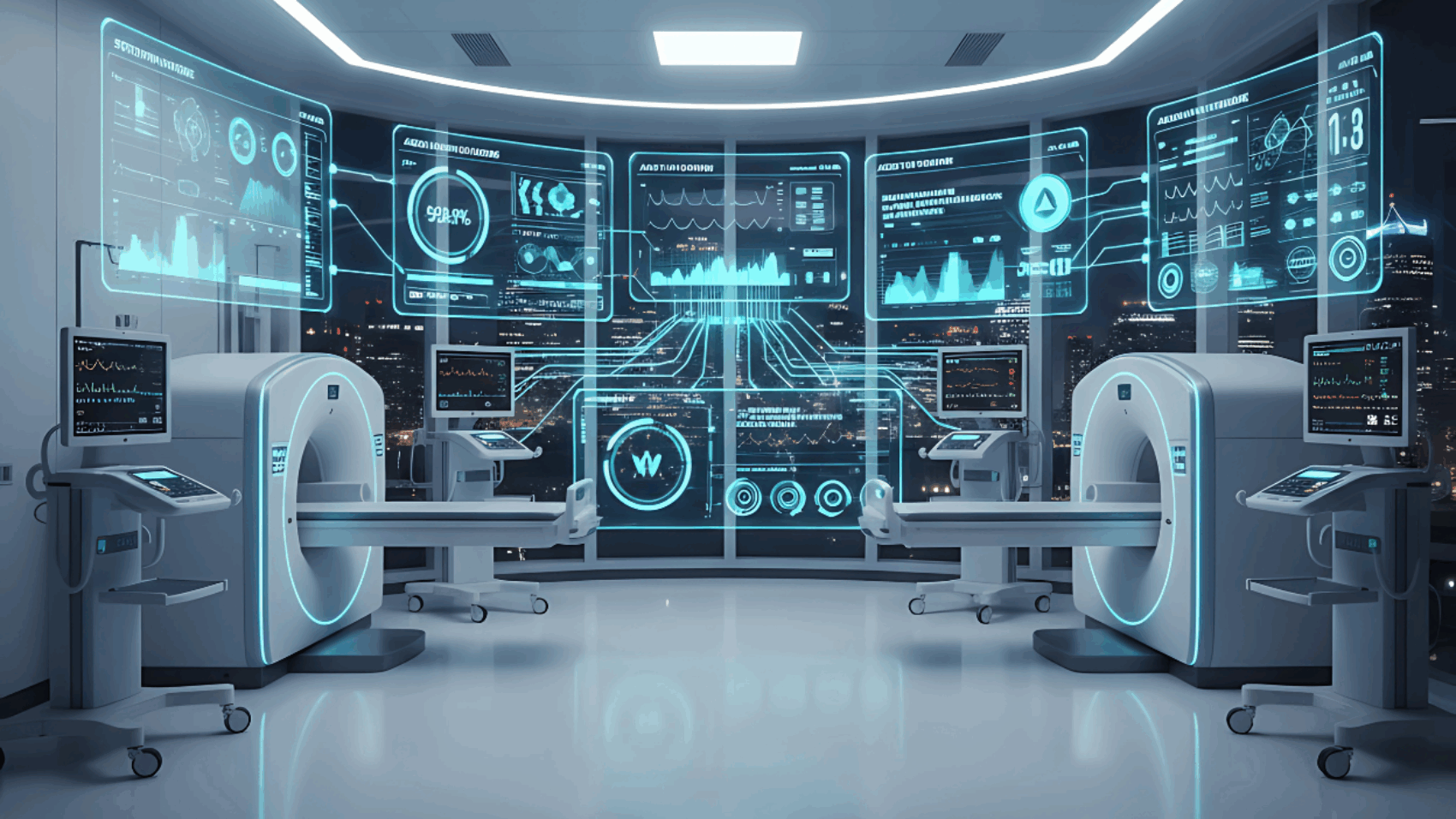Welcome to the future of medical device care, where artificial intelligence does more than assist in diagnosis — it safeguards the machines that deliver life-critical service. In this article, we explore how AI-driven maintenance is transforming the management of medical equipment, enabling hospitals and clinics to keep instruments reliable, reduce downtime, and deliver care without interruption.
The Fundamentals of AI-Driven Maintenance in Medical Settings
The backbone of AI-driven maintenance is continuous monitoring combined with intelligent analysis. Medical devices — from MRI machines to ventilators to lab analyzers — are outfitted with sensors that measure performance parameters such as temperature, vibration, power draw, calibration drift, and usage cycles. This stream of data is sent over secure networks to centralized systems where machine learning models and algorithms compare real-time metrics to historical baselines. When deviations emerge, the system recognizes potential faults early and flags them for investigation or intervention. Rather than waiting for a breakdown or adhering to rigid scheduled servicing, hospitals can now move toward maintenance that is condition-based and predictive.
Why AI Maintenance Matters in Healthcare
Hospitals and clinics operate under enormous pressure: schedules, patient safety, and cost constraints all converge. In that environment, AI-driven maintenance brings tangible benefits. First, it reduces unplanned downtime. When a device signals a drift or anomaly ahead of failure, engineers can schedule maintenance during off-peak hours, avoiding disruption to patient care. Second, it reduces costs: emergency repairs, repetitive part replacements, and equipment idling are minimized. Third, AI centrally extends expertise. Specialized biomedical engineers or equipment vendors can monitor multiple sites remotely, offering insights to facilities that might not have deep in-house expertise. And finally, when fewer ad hoc interventions are needed, safety improves—less time is wasted diagnosing in sterile or critical zones, and the risk of human error drops.
Applications Across Medical Devices
The scope of AI maintenance spans the full spectrum of medical technology. Imaging systems — MRI, CT, X-ray — are ideal candidates because their performance is critical to diagnosis; AI can detect coil degradation, subtle calibration shifts, or thermal instabilities before they impair image quality. Life support machines — ventilators, dialysis systems, infusion pumps — benefit immensely from predictive modeling that anticipates component wear or sensor drift before failure. Lab automation and diagnostic platforms, used for biochemical, hematological, or genetic analysis, can also be monitored for throughput bottlenecks or mechanical fatigue. Even robotic surgery systems and remote monitoring gear can be incorporated, enabling healthcare providers to manage all critical devices under a unified AI maintenance umbrella.
Obstacles and Considerations
Transitioning to AI maintenance is not without hurdles. The initial cost of retrofitting existing equipment with sensors and integrating with legacy systems can be high. Data compatibility issues can arise when different devices or vendors use proprietary protocols or formats. Secure connectivity is crucial — medical technology often handles sensitive data, so cybersecurity and regulatory compliance cannot be overlooked. Hospitals also need to build trust in AI predictions: false alarms or missed faults can erode confidence. Training users, defining thresholds, and validating the performance of models are essential tasks. Finally, leadership must justify the upfront investment by projecting long-term return in reduced downtime, better outcomes, and lowered operating expenses.
Looking Ahead: The Future of AI in Medical Equipment Management
The next frontier lies in advanced modeling and autonomy. Digital twins — virtual replicas of medical devices — will allow teams to test scenarios, simulate stress loads, and forecast degradation without touching the real hardware. Predictive algorithms will grow more accurate, learning from cross-institutional data to spot failure modes earlier. In time, devices may gain self-correcting capabilities, autonomously adjusting calibration or configuration to counter drift or mild component wear. Combined with edge computing and secure IoT frameworks, future systems will operate with lower latency and greater autonomy. What was once a reactive maintenance world will evolve into a near-autonomous ecosystem of medical technology health.
Conclusion
AI-driven maintenance is reshaping medical equipment management from a reactive chore to a strategic imperative. It ensures that critical devices remain operational, cuts costs, and safeguards patient care. In an industry where downtime is unacceptable and every device plays a vital role, shifting to predictive, intelligent maintenance is no longer optional — it’s essential. As healthcare providers embrace this change, the machines that support life will become smarter, more resilient, and more dependable than ever.

